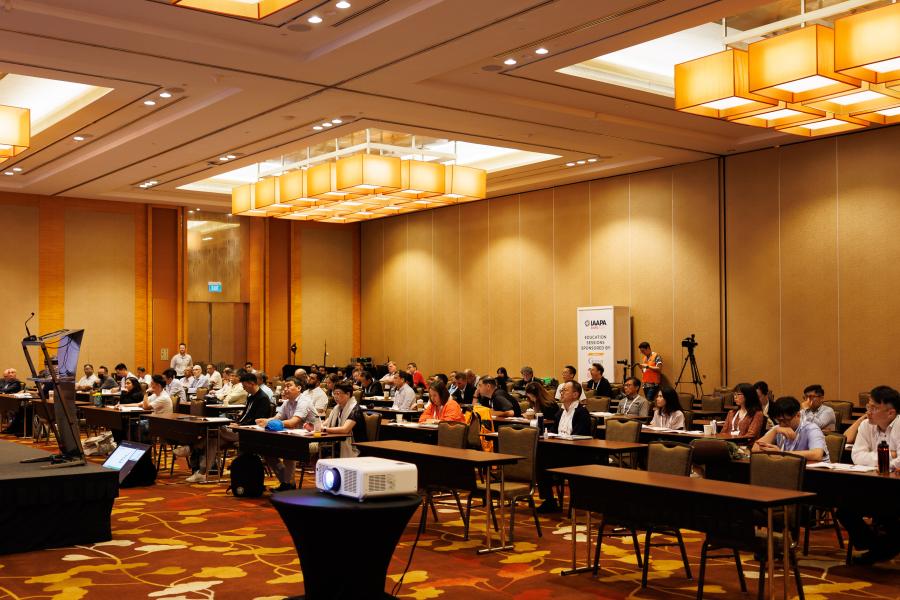Imagine spending millions of dollars on a new attraction, only to discover an unexpected challenge days before opening. An Asia-Pacific water park found itself in this situation. The park was ready to launch a wave pool with intricate rockwork theming. Then, on testing and commissioning day, the park’s lifeguards noticed that the rockwork blocked their line of sight.
There was no choice: in the name of safety, the park had to drain the water, hack the concrete, repair the wall, refill the pool, and start testing all over again. The park lost two weeks of the operating season, hundreds of thousands of dollars in repairs, and forfeited early ticket sales.
Experts recommend delays and cost overruns can be avoided by doing one thing: ensuring open communication between designers, maintenance, and operations at the very beginning. Enabling colleagues from different departments to raise their perspectives and needs early will prevent headaches down the road.
Don’t Hesitate, Communicate
“Build and maintain relationships with your manufacturer,” advises ProSlide Technology Vice President of Business Development Steve Avery. “We don't ever sell a ride and tell you to call us again when you need another one. It's a partnership for life. In order to have safe attractions, we have to be in lockstep for the entire life cycle of the attraction.”
Avery spoke in Singapore at IAAPA Expo Asia 2023 in an EDUSession detailing how to enhance the manufacturer-operator relationship. He was joined by Erik Beard, general counsel of International Ride Training (IRT); Anna Danau, IRT’s director of strategic engagement; and Geoffrey Norton, a California-based lawyer with Norton & Melnik.
The panel of industry experts recommends viewing the ride commissioning process as a series of four phases: from concept and purchase through testing, ‘T&C Day’ (testing and commissioning), post-testing, and finally, whenever there is an incident or guest complaint.
Plan and Be Prepared
Another point in the process where change is needed is T&C Day itself. Often, the areas around a new ride are still a flurry of activity. Contractors are busy pouring concrete, painting, and planting landscaping—all of which present safety issues.
“Before testing and commissioning, communicate and plan,” says Danau. “Treat T&C Day like a soft opening. Have an agenda. There should be training. Walk through the ride together.”
Experts say owners and operators need to budget time and resources for the manufacturer to stay on site after commissioning, as well. Once guests enter the park to experience the ride on opening day, new issues may surface. They recommend operations teams never wait for a problem to develop before taking action.
“The equipment is a product, but it's operated by people,” Norton adds. “And those people need to be well trained, and the people that train them need to be well paid, and that way, everything runs smoothly. Then, at some point in time, if you need to, you call that manufacturer.”
Even when an attraction purchases a used ride, operations and maintenance leaders should still liaise with the manufacturer to ensure that you have the latest safety information.
“If you buy a ride at auction or secondhand, the manufacturer may not even know that you own it,” Beard says. “It’s incumbent on the new owner to reach out, because all the same things that you're going to go through with a new attraction, you're gonna go through with a newly installed, used attraction.”
Article
Insight on Commissioning Attractions
Building a strong manufacturer and operator relationship
IAAPA Asia PacificBy Michael Switow

